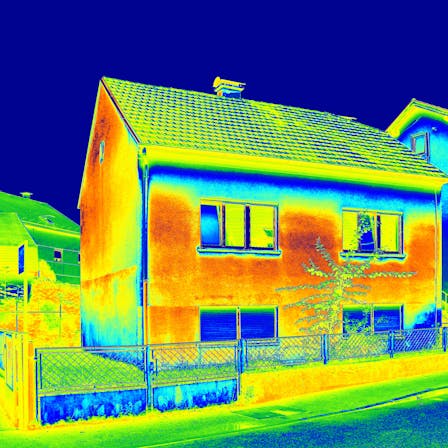Rising energy prices were on the agenda for most of 2022, with various different global factors playing a part in increased costs of wholesale supplies, which almost quadrupled. Following an energy price cap increase of 12% in October 2021, there was a further increase of 54% in April 2022. In an attempt to control the situation, in October 2022, the government implemented the Energy Price Guarantee (EPG), though at £2,500 for typical annual consumption levels, it was still 27% higher than the summer 2022 cap. In April 2023, the EPG increased again to £3,000.
There are predictions that lower energy wholesale prices will begin to drive down prices from July 2023, though the actual outcome of that still remains to be seen.
In this guide, we’ll explain how energy bills work, why price rises come into play, and give you some practical advice for reducing your home’s energy consumption through effective insulation. There are actions you can take right now, as well as some long-term investments that will help you in the quest for cheaper energy bills.





